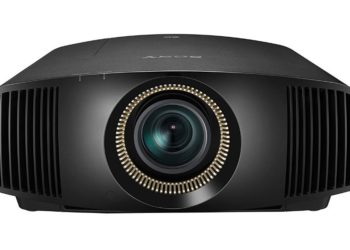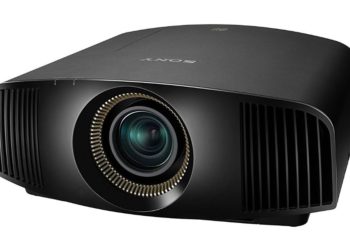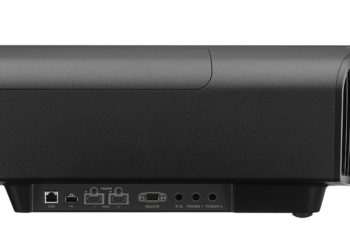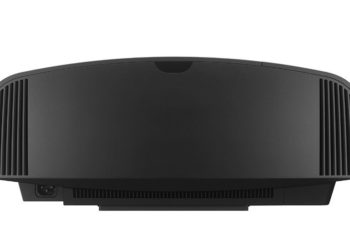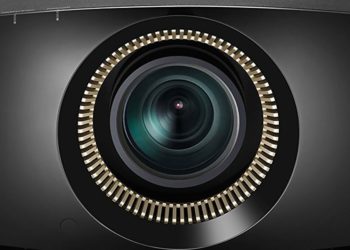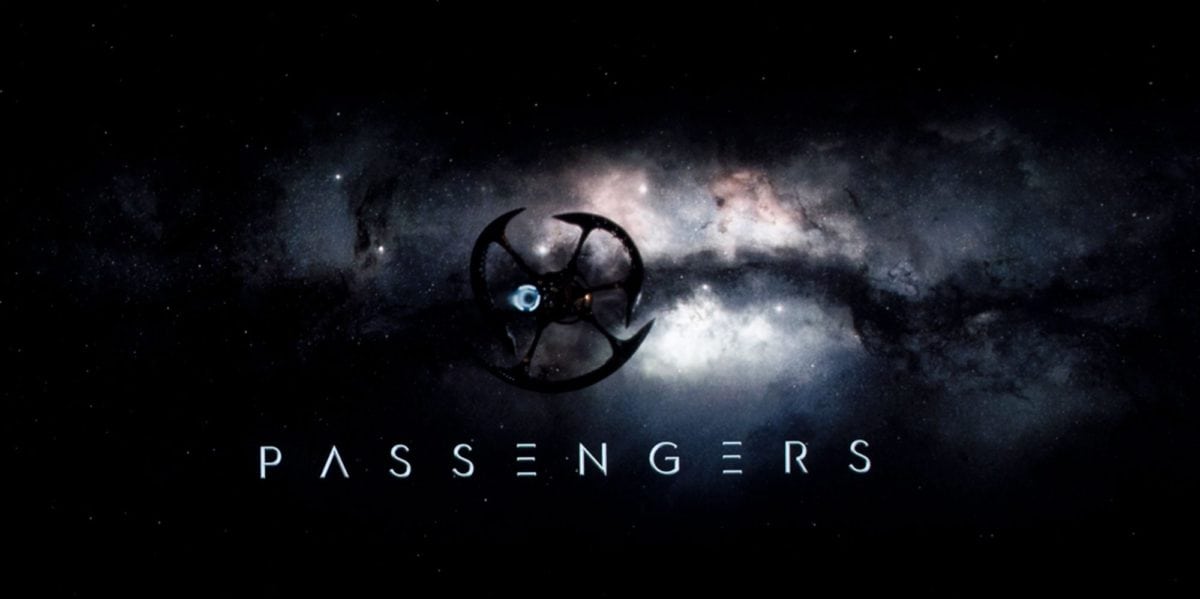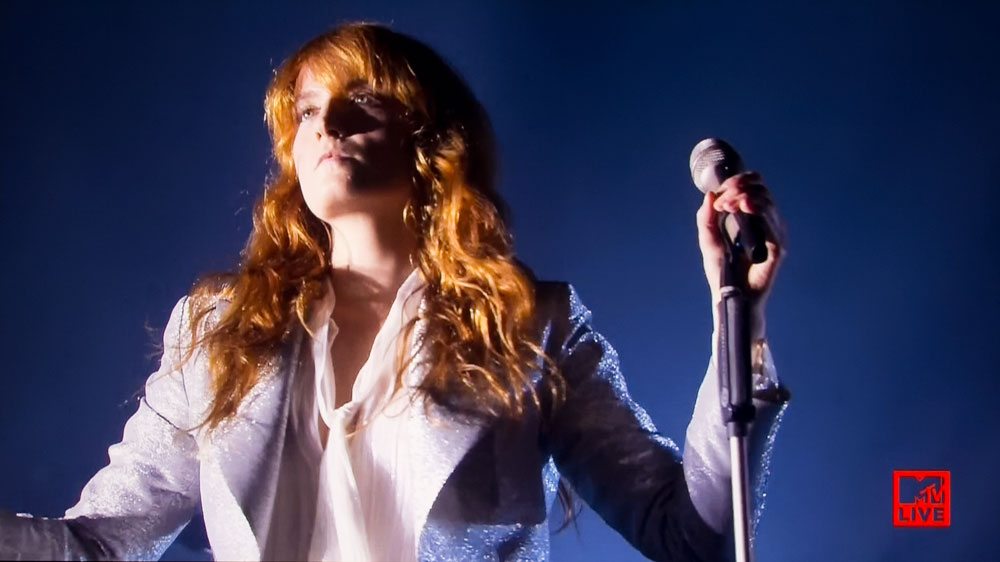Meet Sony’s VPL-VW385ES. I’ve been watching it for most of a month now as I start writing up this review. Looks like the VW385ES projector now has 156 hours on what was a new lamp when I received it. To clarify, the projector I’m currently reviewing is almost always on while I’m working. My captain’s chair sits around 8-12 feet from my screen (depending on the resolution of the content – and, of course, the projector). If I’m writing, I’ll be looking up every so often, especially when favorite viewing scenes come up. I probably managed 40-50 hours of insightful viewing on the Sony VPL-VW385ES (Insightful: When I'm paying close attention) out of that 150+, and I view segments from the usual 6-10+ movies that I know by heart, and most often use for the photo shoots. I often replay a scene over and over, and sometimes switch back and forth with the projector I use as a reference.
Once again, Sony has sent me a 4K projector that comes, right out of the box, with some really great looking color, even without doing any adjustments. I mention that up front, because, as has been the case with a couple of other recent Sonys that I’ve reviewed, we haven’t bothered to calibrate this one. How I decide to have a projector calibrated: It all depends on how good it looks when I first start watching a projector here in my theater. More about this on the special features page under “Calibration Not Needed?”
The VPL-VW385ES replaces the older VW365ES, and it’s a really significant improvement! Not revolutionary, but just plain better as a projector, overall. Three features – and their benefits – all addressed later, in more detail: Dynamic Iris added, Lens Memory added, and optical performance improved with changes to the lens and light path.

